
DURING the past 30 years or so, a wilder and more exciting style of using herbaceous perennials in our gardens has come to the fore. These are long-lived but non-woody plants whose top growth dies back in autumn, but grows again from dormant crowns in spring.
For many years they were used to fill the grand herbaceous borders of larger gardens and then to plug gaps in the mixed borders of smaller modern plots. Now they are encouraged to mix and mingle with grasses in generous swathes of growth, with emphasis on a long season of interest.
The dead stems and seedheads are left in place until late winter when all is sheared back to make way for new growth. This peaceful and wildlife-friendly style looks magnificent on a large scale, but is easily tailored to suit small gardens and containers.
Modern prairie styles
Both the range of plants and the way they are used have been inspired by the study of natural grassland areas such as the North American prairies, the steppes of south-eastern Europe and Siberia, as well as the South African veldt. Plants are chosen to suit their environment, to enliven gardens with complementary shapes and colours, but also to live contentedly alongside each other. Not new, this idea is often said to have caught on when William Robinson published The Wild Garden in 1870.
This story is from the July 30, 2022 edition of Amateur Gardening.
Start your 7-day Magzter GOLD free trial to access thousands of curated premium stories, and 8,500+ magazines and newspapers.
Already a subscriber ? Sign In
This story is from the July 30, 2022 edition of Amateur Gardening.
Start your 7-day Magzter GOLD free trial to access thousands of curated premium stories, and 8,500+ magazines and newspapers.
Already a subscriber? Sign In
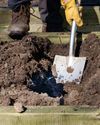
To dig or not to dig?
Should we be carrying out a full dig on plots now? Bob considers the pros and cons of the 'autumn dig' debate
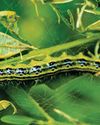
The box ball blues
As if his beleaguered box hadn't already taken a beating, Toby now has to deal with some hungry box caterpillars

Save your own seeds
Masterclass on: seed saving
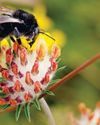
Strange sightings
Three unusual insects turn up in Val's garden in one day

A bolt from the blue!
Cornflowers are perfect for garden and vase
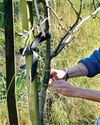
Winter moth prevention
Ruth shows you how to avoid maggoty tree fruits
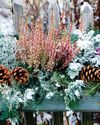
Create a winter container
There are as many options as in summer
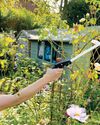
Lightweight gardening tools
AS well as being good for our mental health, gardening is also great exercise.

Autumn price round-up
AG finds better bargains in lesser-known brands
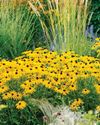
Rudbeckias
Rudbeckias are ideal for sunny summer patios and borders, with some able to survive our coldest winters